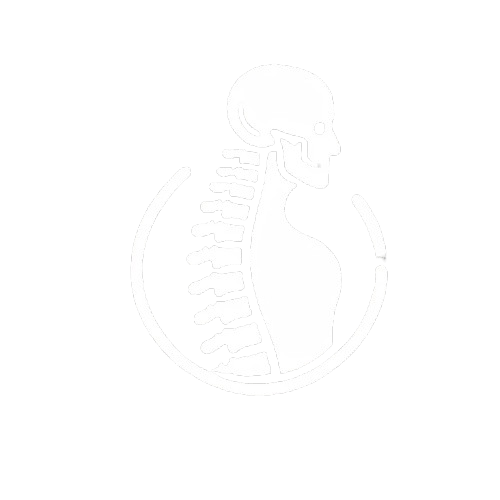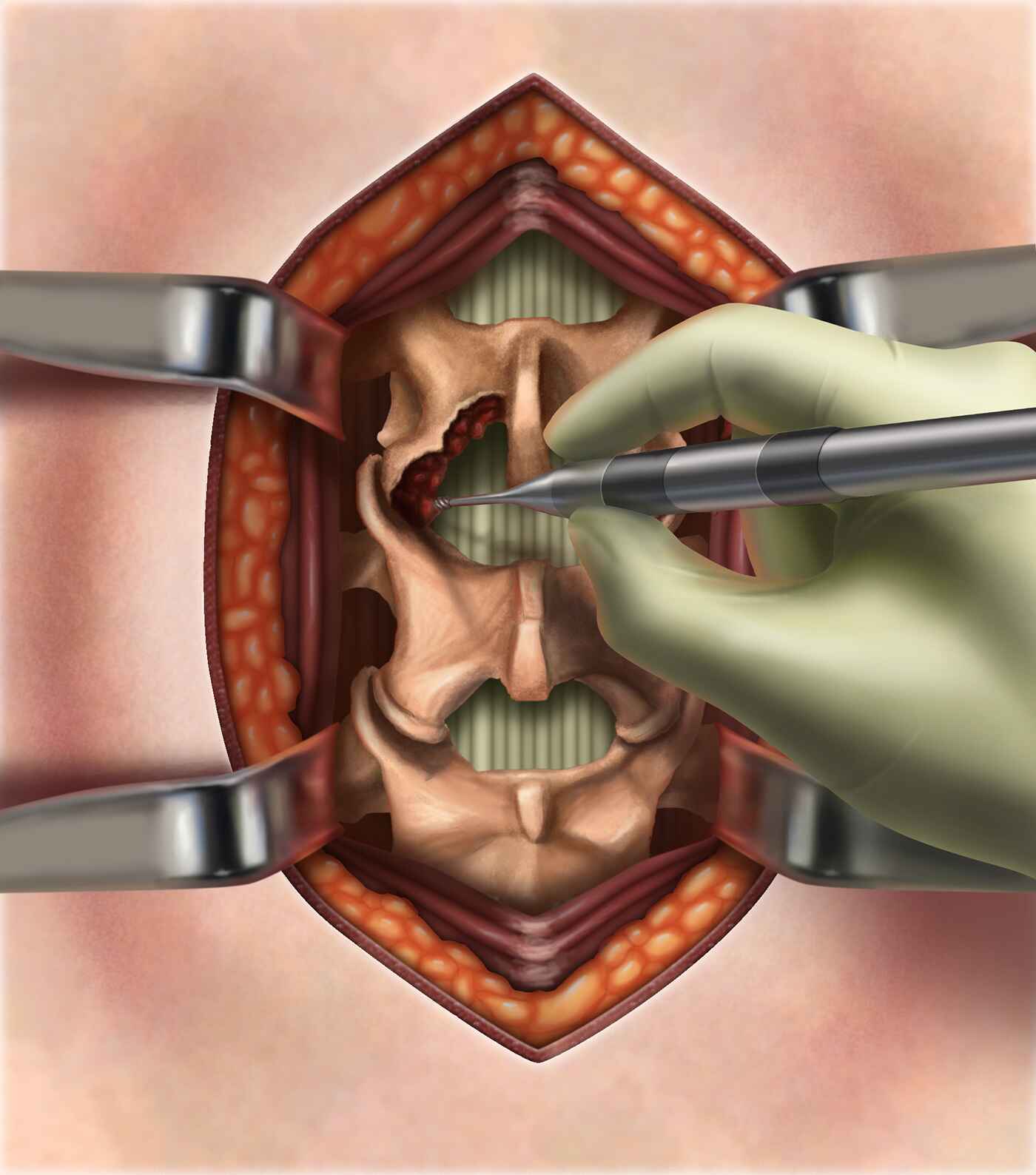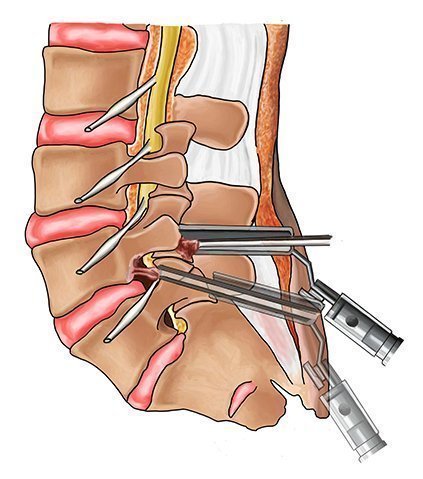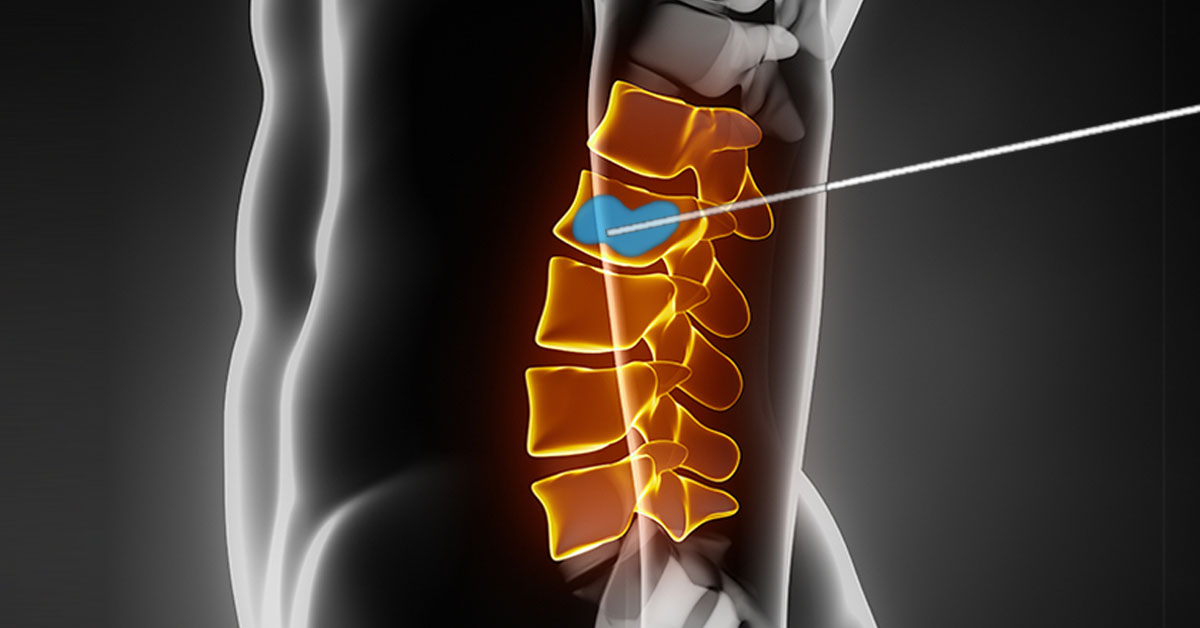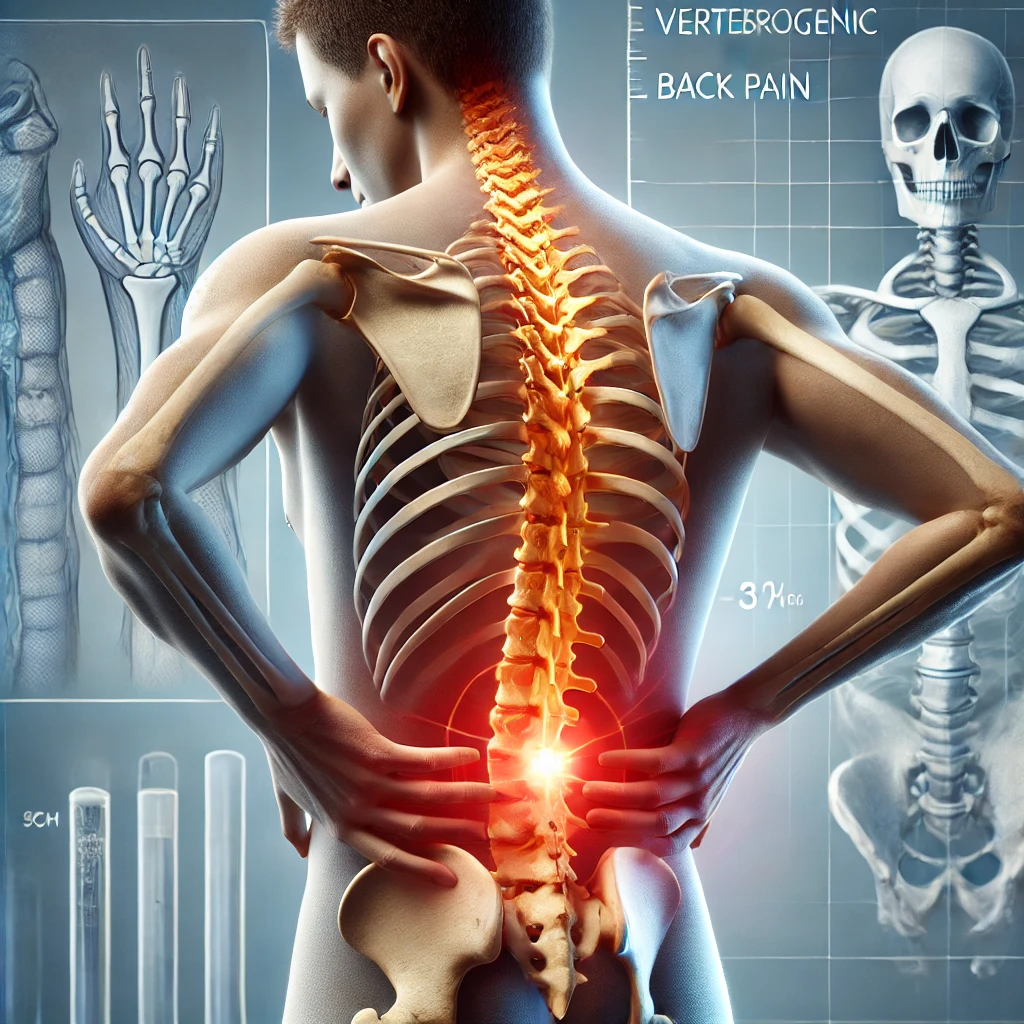Overview
A laminectomy is a surgical procedure performed to relieve pressure on the spinal cord or nerves caused by conditions such as spinal stenosis, herniated discs, or spinal tumors. It involves the removal of part or all of the lamina, a portion of the vertebra that covers the spinal canal. This procedure is often recommended when non-surgical treatments fail to provide relief from pain, numbness, or weakness in the back, legs, or arms.

